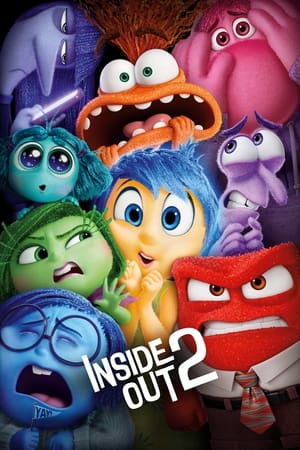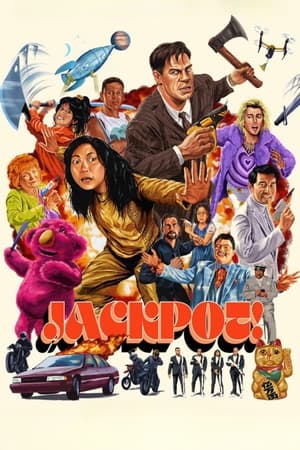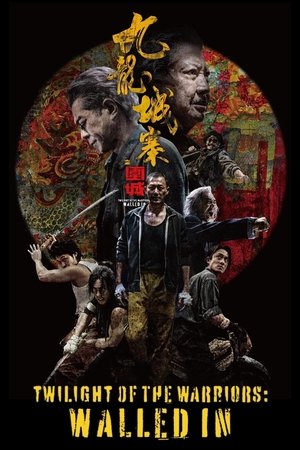Copyright is a form of intellectual property that protects original works of authorship, including literary, dramatic, musical, and artistic works. In India, the copyright law is governed by the Copyright Act, 1957, which has been amended several times to keep pace with technological advancements and changing socio-economic conditions. This comprehensive article delves into the key aspects of Indian copyright law, including its scope, duration, infringement, and enforcement.

Historical Background
The Indian Copyright Act, 1957, was enacted to consolidate and amend the law relating to copyright in India. The Act has been amended several times, with significant amendments in 1983, 1994, 1999, 2012, and 2016, to address the challenges posed by digital technology and to comply with international treaties such as the Berne Convention, TRIPS Agreement, and the WIPO Copyright Treaty.
Key Features of the Indian Copyright Act, 1957
1. Scope of Copyright Protection:
- The Act protects original literary, dramatic, musical, and artistic works, cinematographic films, and sound recordings.
- It covers both published and unpublished works.
2. Rights Conferred by Copyright:
- Economic Rights: These include the right to reproduce the work, distribute copies, perform the work publicly, broadcast the work, and make translations or adaptations.
- Moral Rights: These include the right of paternity (right to be identified as the author) and the right of integrity (right to object to derogatory treatment of the work).
3. Duration of Copyright:
- Literary, Dramatic, Musical, and Artistic Works: Life of the author plus 60 years after their death.
- Cinematographic Films, Sound Recordings, and Photographs: 60 years from the date of publication.
- Government and International Organisations: 60 years from the date of publication.
4. Ownership of Copyright:
- Generally, the author is the first owner of the copyright.
- In cases of works created during employment, the employer usually owns the copyright unless there is an agreement to the contrary.
5. Transfer and Licensing:
- Copyright can be transferred wholly or partially through assignment or licensing.
- Assignments must be in writing and signed by the assignor.
Copyright Infringement
What is Copyright?
1. What Constitutes Infringement:
- Unauthorized use of any of the exclusive rights of the copyright holder.
- Direct infringement includes copying, distributing, performing, or displaying the work without permission.
- Indirect infringement involves facilitating or enabling others to infringe.
2. Exceptions and Limitations:
- Fair Use: Includes use for criticism, review, news reporting, teaching, research, and private study.
- Specific Provisions: Allow reproduction for judicial proceedings, use by libraries, reproduction of public speeches, and certain uses by educational institutions.
3. Remedies for Infringement:
- Civil Remedies: Include injunctions, damages, and accounts of profits.
- Criminal Remedies: Include imprisonment, fines, and seizure of infringing copies.
- Administrative Remedies: Include orders by the Registrar of Copyrights and the Copyright Board.
Copyright – Introduction | Explained | Intellectual Property Rights | Legal Bites Academy
Intellectual Property: What is Music Copyright? (USA)
Enforcement of Copyright
1. Civil Enforcement:
- The copyright holder can file a suit for infringement in a civil court.
- Courts can grant temporary and permanent injunctions, award damages, and order the delivery up of infringing copies.
2. Criminal Enforcement:
- Criminal proceedings can be initiated against infringers, which can result in imprisonment and fines.
- Police can conduct raids and seize infringing goods.
3. Role of Copyright Societies:
- Copyright societies administer and protect the rights of their members.
- They issue licenses, collect royalties, and take action against infringement.
4. Digital Enforcement:
- The Act includes provisions to address digital piracy and unauthorized online distribution.
- The 2012 amendment introduced measures to combat digital infringement and protect technological protection measures (TPMs) and rights management information (RMI).
International Treaties and Agreements
India is a signatory to several international treaties and agreements, which influence its copyright laws:
- Berne Convention: Ensures protection of works in all member countries.
- TRIPS Agreement: Sets minimum standards for copyright protection and enforcement.
- WIPO Treaties: Address copyright issues in the digital environment.
Recent Developments
The Copyright Act has seen significant amendments to adapt to the evolving digital landscape. Notably, the 2012 amendment introduced several important changes:
- Enhanced protection for digital content.
- Stricter penalties for infringement.
- Provisions for fair dealing and exceptions for educational and research purposes.
See also:
Fair Use Doctrine and Copyright Law: Navigating Legal Use in YouTube Videos
Understanding the Fair Use Doctrine and Copyright Law

Conclusion
Indian copyright law provides a robust framework to protect the rights of creators and promote the dissemination of creative works. By understanding the scope, rights, and enforcement mechanisms under the Copyright Act, 1957, authors and users alike can navigate the complexities of copyright in India. As technology continues to evolve, the law will need to adapt to ensure that copyright protection remains effective in the digital age.
Disclaimer: This is for information only and does not constitute professional advice. Please consult with a qualified professional for any issues.



















